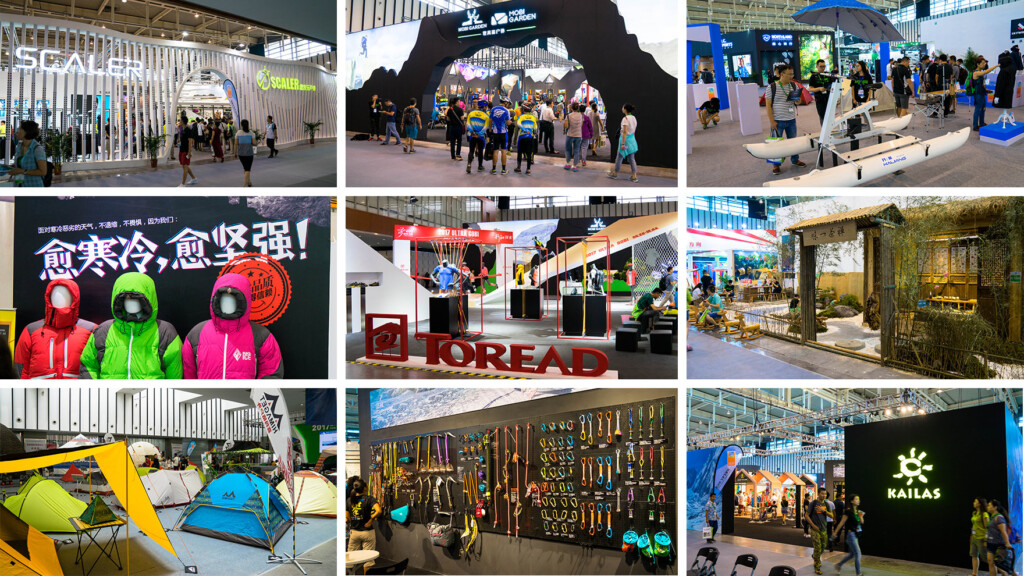
NEWS: Is the Chinese outdoor boom real? Asia Outdoor Trade Show 2017 Report
It is said that in China (although there have been some adjustments), an unprecedented outdoor boom has been continuing for several years.
It is easy to imagine that, as was the case in Japan in the past, the improvement in living standards through economic development is likely a major factor. Plus, a further tailwind for China is the 2022 Beijing Winter Olympics. The government has apparently announced that it will increase the winter sports population from around 10 million to over 300 million, and development of related facilities such as ski resorts and hotels across the country is already progressing at a rapid pace. Well, even if the trend is not going well, this big trend seems likely to continue for a while.
Meanwhile, as it is familiar to this site, at several outdoor trade fairs overseas, particularly in Europe, Chinese and Korean outdoor brands have been winning awards beyond Asia for several years. This is also a category that is the very first in 1-chome, among outdoor gear such as apparel products and backpacks. The boom seems to have definitely improved quality.
However, no matter how much this information goes, it honestly doesn't go beyond the scope of secondary information accumulation. What is the real outdoor boom in China? And are the products they make not being talked about before, but are they real in terms of quality? I think this is a fictional image created by the government and the media. At the moment, it seems that no one knows the reality of the outdoor industries in East Asia (excluding Japan) including China.
Personally, I think Japan has, in fact, been leading Asian outdoor culture, so I don't think it's safe to ignore this situation at all. However, rather than feeling similar to such a sense of crisis, if China truly becomes the source of a new outdoor culture, then even a single grain of raw stones from the future outdoor gear, with the ambition to dominate the world (as was once in Japan) must be buried in a mere copying style. I can't control the fluttering excitement of such expectations.
This is the limit of information that can be found from Japan. If that's the case, you'll have to go and see it.
So, to check the current state of China's outdoor industry and culture, which could be said to have been engulfed by Japan, even though it had been happening so close, Outdoor Gearzine was the first to interview the largest outdoor trade fair in China, "ASIA OUTDOOR TRADE SHOW." We would like to introduce the events that most people will first see, as much as possible, while still maintaining the heat of the site.
table of contents
- What is ASIA OUTDOOR TRADE SHOW?
- Hot and confusion, China's outdoor industry is in the midst of a gold rush
- Europe is the strongest global brand! ? Exhibition booth view
- A major Chinese brand that is comparable to Western brands.
- Sleepwear, cookware, BtoB products... There are many more popular brands and items
- summary
What is ASIA OUTDOOR TRADE SHOW?
Asia Outdoor Trade Show is one of China's four major ancient cities and is China's largest outdoor goods exhibition held every year since 2006 in Nanjing, a metropolitan city after Beijing, Shanghai, Shenzhen and other cities. This collaboration project between a German operating company and a Chinese operating company that has been running the outdoor goods exhibition "The OutDoor Show Friedrichshafen (OD)" in Europe has been making it the first large-scale industry exhibition in Asia.
In 2006, 174 exhibitors participated, but at the time, more than half of them were brands that exhibited overseas. In 2016, the total number of companies increased to 716, and surprisingly, domestic manufacturers increased to 74% of these. The number of visitors throughout the four days of the event has also grown to 6,743 in 16 countries in 2006, to 19,520 in 2016, which has grown to roughly triple the number. Even the current number of visitors to the real German OD is just under 20,000, so this number is not a small number.
The overall event program and structure seem to be the German OD. The exhibition booths for each brand are mainly held, and a series of programs are being developed, including various awards, forums, and fashion shows.
The building is also the same as that of German OD, as it is studded with spaces that will feature new activities such as the Running Village and Water Village.
From now on, we will introduce the unique aspects of China, which are different from other outdoor exhibitions, as well as the latest circumstances of China's outdoor culture and industry.
Hot and confusion, China's outdoor industry is in the midst of a gold rush
The venue, the area around Nanjing International Exhibition Center, is located a little away from the city centre, where history and present are mixed together. It is a common sight in the so-called large Chinese cities, with huge emerging buildings lined up and wide, well-maintained paved roads crossing the city like a divide.
We arrived at the entrance gate just before the opening hours of the first day. Then, an ominous crowd blocks the gate. Did an incident occur from the beginning?
Apparently, everyone's eyes are a smartphone screen. In fact, this was a scene of people who had not pre-registered to apply for admission. Despite being aimed at the industry, this loose feeling and lack of resistance to smartphones are refreshing. It is hard to imagine that even in Japan today, genders, of all ages, without any resistance, they are registering one after another, using their smartphones, QR codes and WeChat, and entering the entrance one after another.
Doors are finally open, and as expected, it is quite crowded from the start time on the first day. It's a rough idea, but the basis is that there are many younger generations. And there are people who are interested in outdoor activities, some kind of group with children, and reporter-like groups with selfies, which you can't find in Japan or the West.ChaoticThe freedom is quite stimulating.
Even if the composition is the same as in Europe, the atmosphere of the venue is that it is different from the German OD. The atmosphere of each brand's exhibition booth is basically different from the unstable and sophisticated versions of Europe and the United States (especially booths from domestic manufacturers). To push away major Western outdoor brands, many domestic manufacturers have recently come together, and are lined up, and are filled with rough, passionate atmosphere, with a 100-flower appearance that seems to be mixed with muddy and muddy.
No one is prettiered to say, "I'm cool when I'm outdoors," and in fact, the sparkling aura of trying to get on the waves and hit a mountain is erupting. Inside, we were able to see a bargain sale-style business negotiations as shown in the photo below.
Even in the scenes of events and seminars other than exhibitions, I get the impression that there were more enthusiastic audiences than other exhibitions (although not all times).
Europe is the strongest global brand! ? Exhibition booth view
As with other industries, Europe has had a strong influence on the outdoors, with Germany in particular in many brands operating in large spaces.
The only brands in the Americas this time were KEEN and GREGORY. However, although they did not hold stores at this event, Arc'teryx, for example, is a very popular brand in China, so it seems that users don't actually think that they are in Europe or the US just like in Japan.
The most common business models seen during Chinese exhibitions are importing foreign brands and OEMs, while simultaneously developing their own brands in parallel. In a sense, it is possible to develop your own brand without waste, as you acquire the skills and know-how by handling overseas brands. I envy factories around the world.
A major Chinese brand that is comparable to Western brands.
From here, we will introduce some of the long-awaited outdoor brands from China that we have come across on site that you think are "this." First, I learned from someone who is somewhat knowledgeable about local circumstances, in 2017, a major brand from a "winner" in China.
KAILAS
When the brand was launched in 2003 by climbing, mountaineering and motorcycle enthusiast Baggio Zhong, there were almost no . He has been involved in all processes, from selecting materials and fabrics to design and marketing, and has carefully nurtured the brand, and has now grown into one of China's leading premium climbing and comprehensive outdoor brands, developing a wide range of products that are no strangers to being on par with the world's cutting edge.
When I saw the actual climbing backpack "EDGE", which won double awards at ISPO and OD, I was certainly convinced of the high quality, but what really surprised me when I saw the booth all over the place was that all the products other than the award-winning items were all of the excellent quality.
Products that give you a sense of commitment in sharp activities such as climbing, trail running, and UL hiking, where advanced features and reliability are required are worthy of respect. The kanji-like design gave me a cool feel to it.
TOREAD
The brand, which is named after the Chinese name "Path Finder" (pioneer), continued to steadily expand as soon as it was founded in 1999, and according to their website, it is currently the largest in China. There are also people who call it "Chinese Montbell" because they have a comprehensive lineup of apparel and shoes that can accommodate a wide range of activities, from hiking to running and skiing, as well as backpacks and tents, and have over 1,600 physical stores in Japan. they announced a partnership to develop racing wear in the world's toughest races, which will be held in the Gobi Desert 400km , and it gave me the impression that they were constantly working hard to appeal not only to volume but also to invest in advanced technology.
MOBI GARDEN
There is no detailed information other than the fact that it is a brand founded in 2003, but it is a comprehensive outdoor and camping goods brand that handles a wide range of products, including apparel, backpacks, tents, sleeping bags, mats, poles, and chairs, and appears to be selling them in direct stores, just like Toread. It is also impressive that each product is carefully crafted, including design and selection of parts, and at first glance it is hard to imagine it being a Chinese brand. The logo is just as cool as usual.
Sleepwear, cookware, BtoB products... There are many more popular brands and items
Even among the specialized brands other than the general outdoor brands mentioned above, there were certainly a handful of brands that gave off a sense of sparkling quality. One of the things that made me couldn't help but stop was a brand that sells down products such as sleeping bags and down jackets.
It is said that Chinese feathers are inferior in quality compared to Europe, but even on average, if you compare the quality between top levels, it is not inferior. It certainly doesn't seem to have the impression that it is a copycat in Europe and the United States, but not only is it particular about the quality of the feathers, but it also uses world-class brands for its unique water-repellent down technology, the outer fabric and zippers, and a wide range of products from low temperatures to ultralight, so if you're not sure what you're doing, it's currently more careful and diverse than in Japan. It's only a matter of time before this adds originality and the design becomes more refined. Be sure to pay attention!

It seems that AEGISMAX only make sleeping bags, but each one was outstanding in quality. In particular, UL-based products are currently at a level where they can be sure to sell well in Japan. I want a quilt.
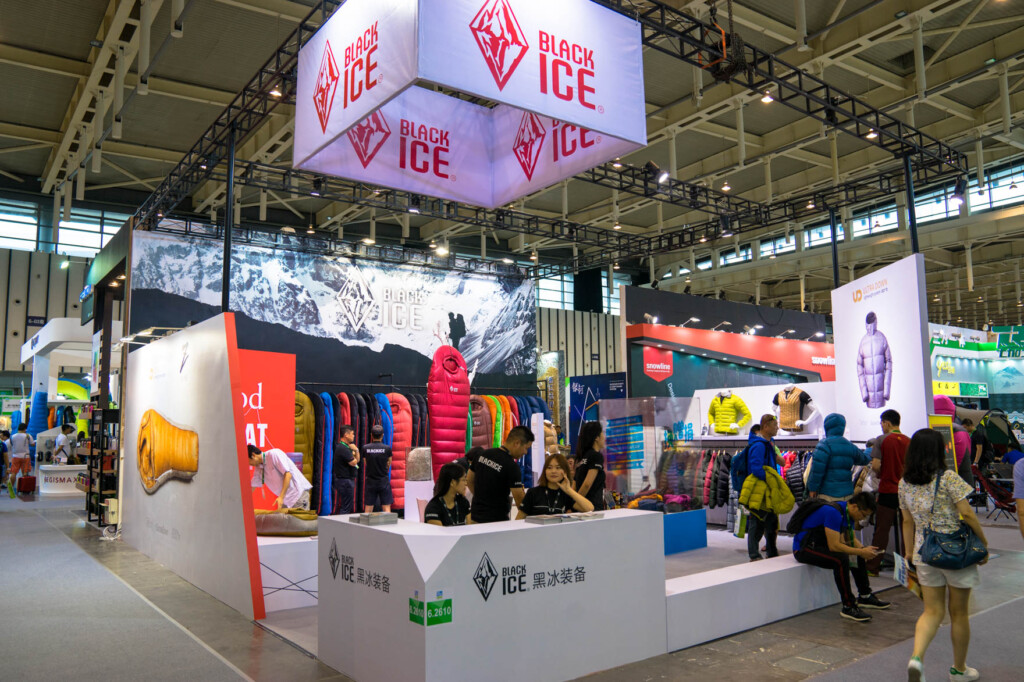
BLACK ICE, a comprehensive down product brand, is visually at a level that can be seen as a Western brand, including its logo.
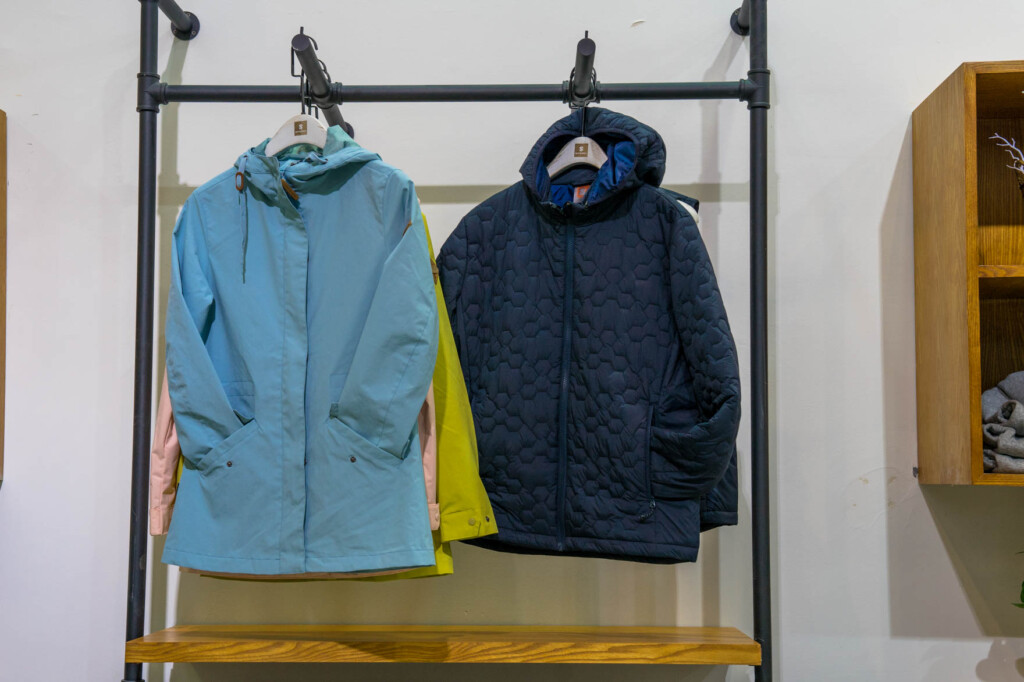
To be honest, there are still many designs in China where clothing is not as good as it is, and SKYWARDS, a Scandinavian-style brand, has been doing quite well.
Another thing I felt was already reaching a dangerous level was a brand that sells titanium products. Although the details are unknown, there are several titanium cookware manufacturers in China that have a wide range of products in both quality and quantity. What's more, it's interesting that they stock a variety of items that are tailored to unique food cultures that are unlikely to be seen in Japan or Europe and the United States.

Fire Maple, a comprehensive cookwear brand that ranges from burners to cups, offers stylish Chinese tea-style teapots and sake ware.

Keith is a titanium cucker that can cook rice, featuring a sophisticated design. It has a two-layer structure so it does not interfere with convection of water and allows you to cook delicious rice.
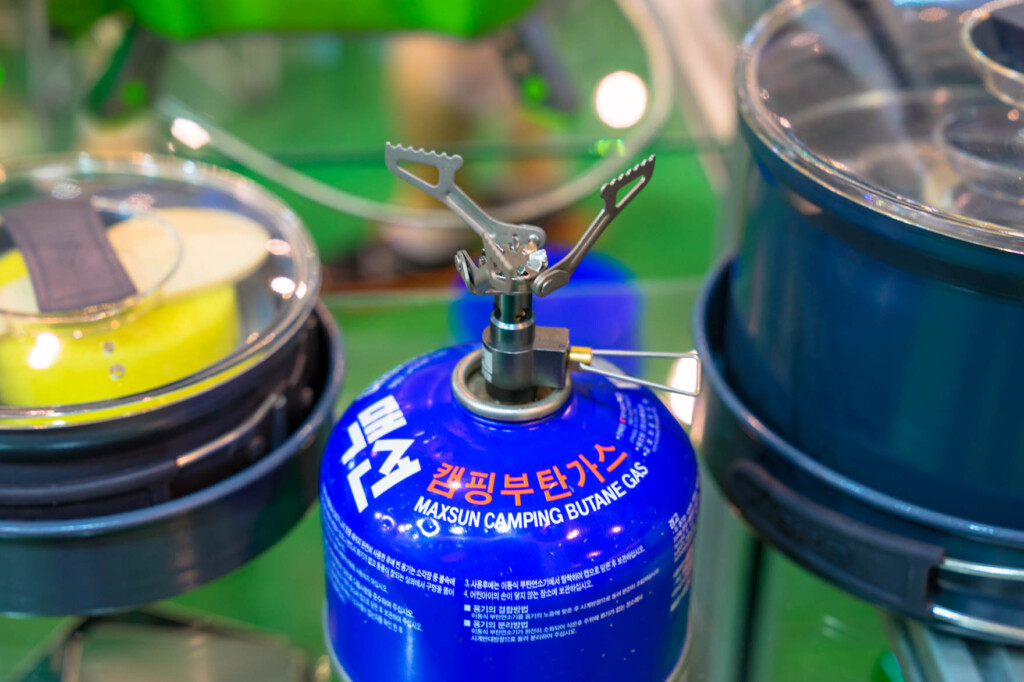
An ultra-lightweight single gas stove made from titanium by stove manufacturer BRS. The shape of the burner part is also interesting.
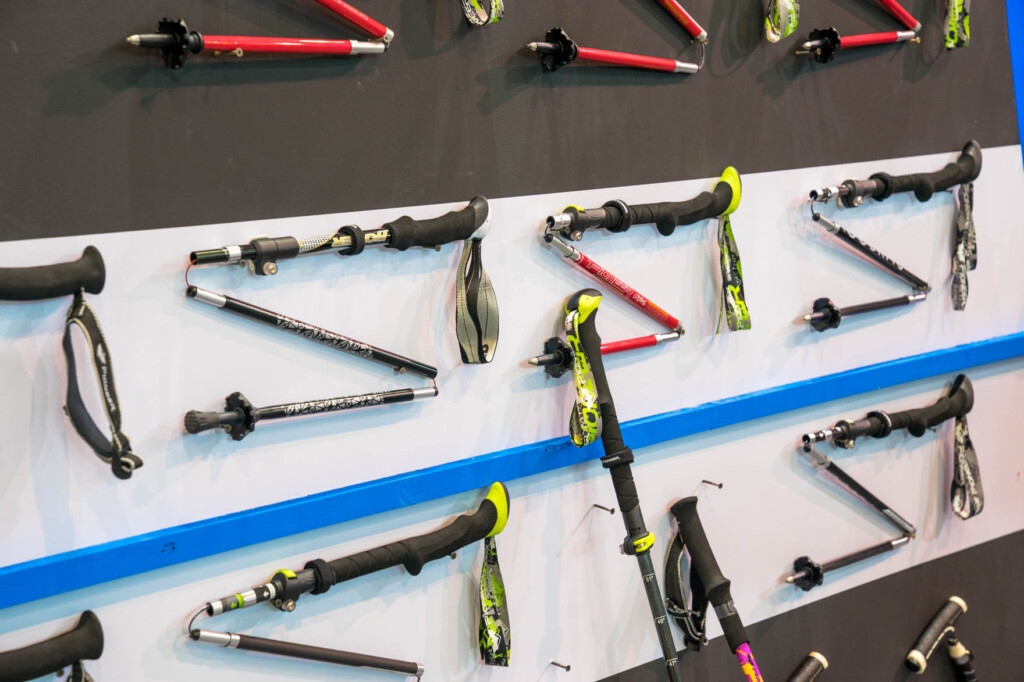
A trekking pole that looks like it's lacquered with EKI in a refreshing way. But it's certainly high quality.
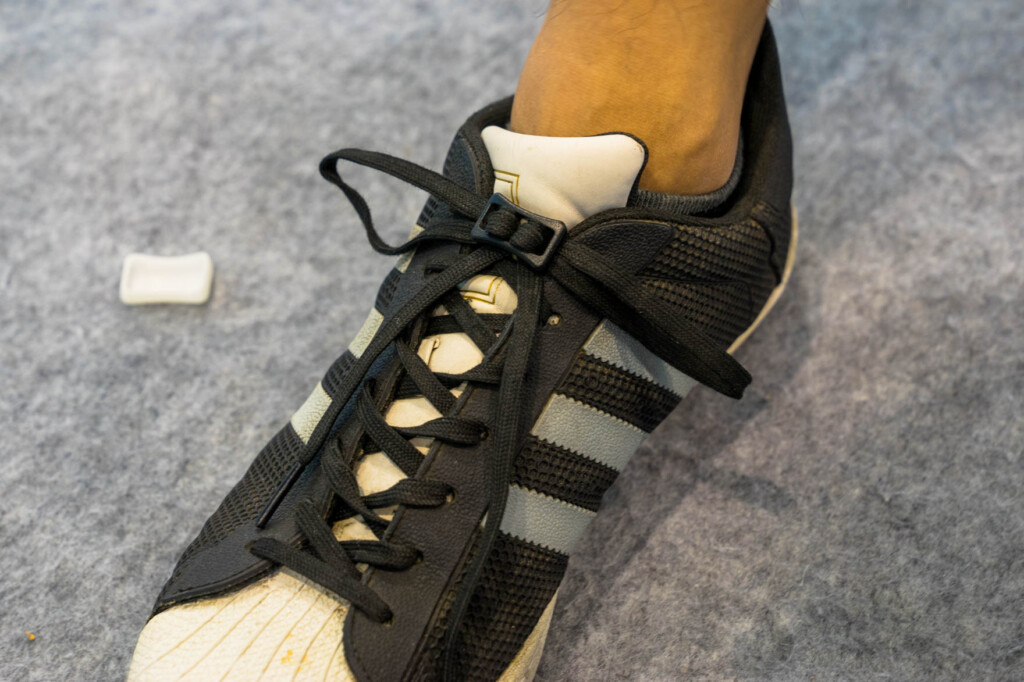
A shoelace stopper that can be tightened tightly simply by passing it through the shoelaces. This is the award winning product of this year.

Among the tents on display is a "gel"-shaped tent that is home to Mongolian nomads, which would have never been seen in China. In a way, it's elegant.
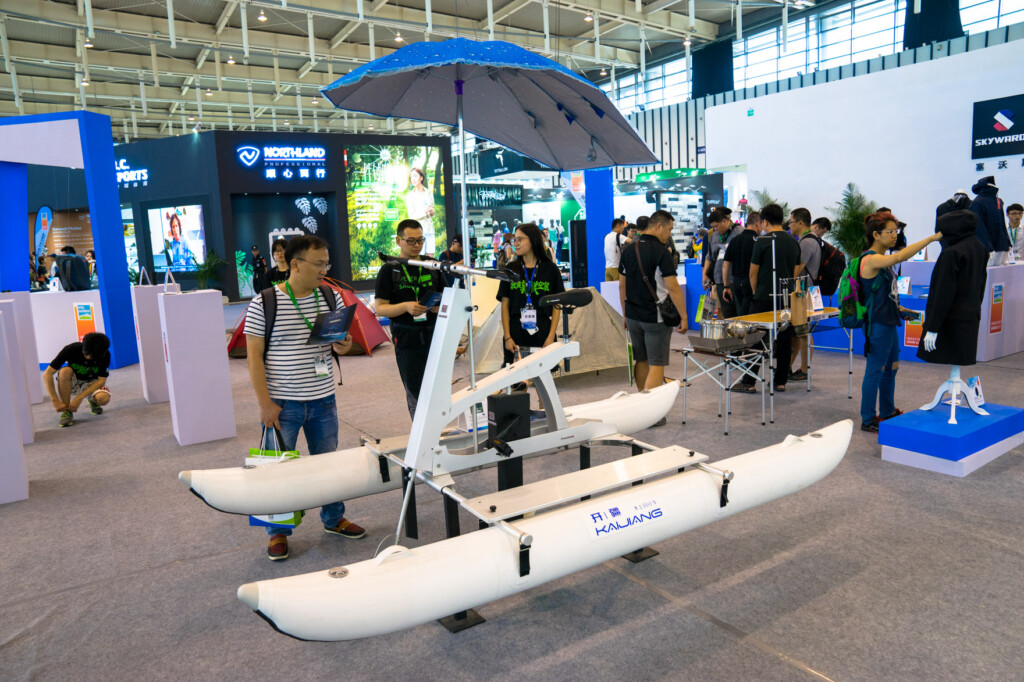
This is another product that won this year's awards, and as you can see, it's a water bicycle, but it's something.
At the exhibition, we also saw many industrial BtoB products such as sewing machines. This is the latest machine that combines fabrics together using ultrasonic waves without sewing. I think the products that have been released under that brand since around last year are truly this technology.
summary
Although there are some unevenness depending on the tool category, when it comes to high-end brands, I couldn't help but feel that China already has many brands of higher quality than I imagined. The stereotypes of Chinese products that reach Japan, such as "multiple production, rampant copying, and uncool" must definitely be renewed. It is true that there are many immature brands like this, but by looking at the flow of people, users are no longer turning to such brands. I feel that I was able to sense the momentum of China's outdoor industry as it gradually enters its maturity period from its explosive period of growth.
In any case, it is certain that Chinese brands are a very active and unobtrusive market, from rough brands to cheap brands, to brands full of things to point out, and hard-core high-end brands, which make the most of their physical power and are being eliminated when a diverse range of brands are sprouted and eliminated, and Chinese brands will continue to be watched. At Outdoor Gearzine, we would like to continue watching the latest information on the brands we've seen this time.



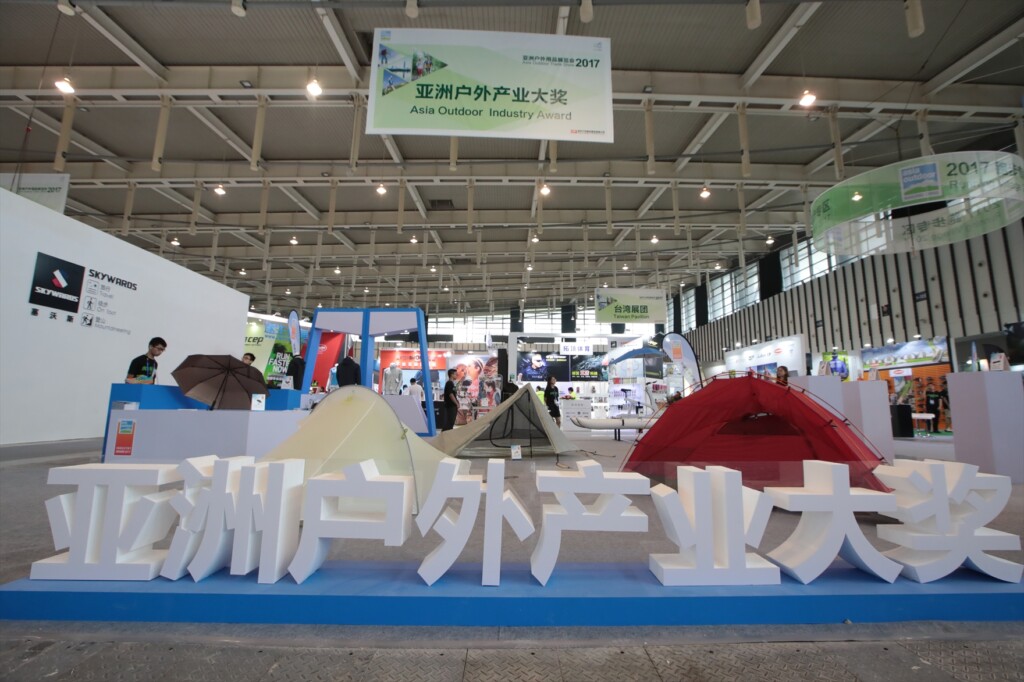
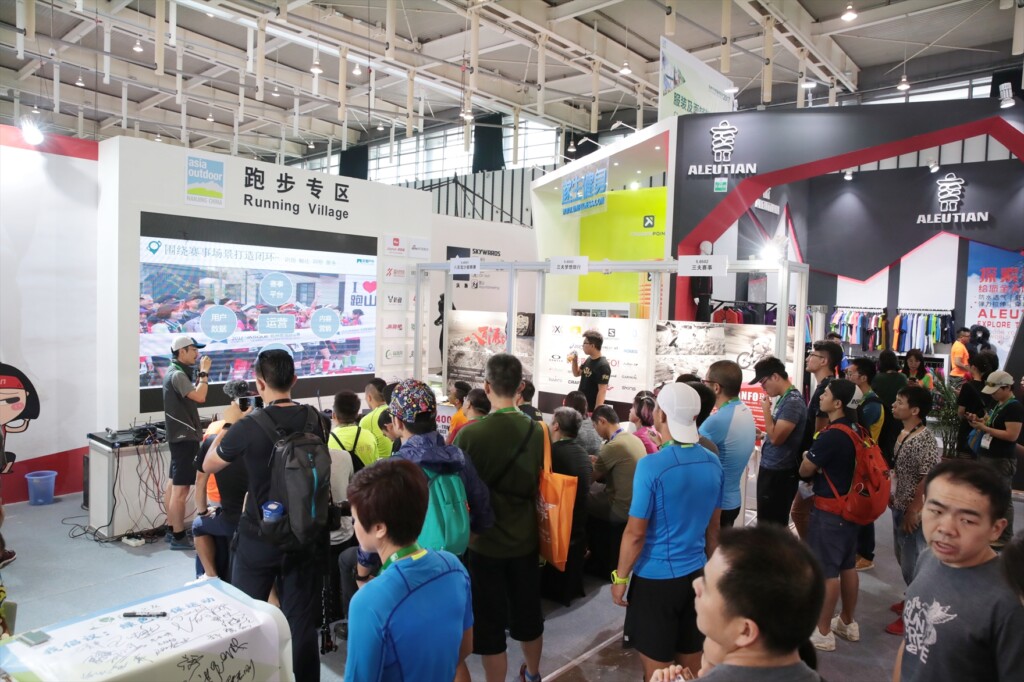


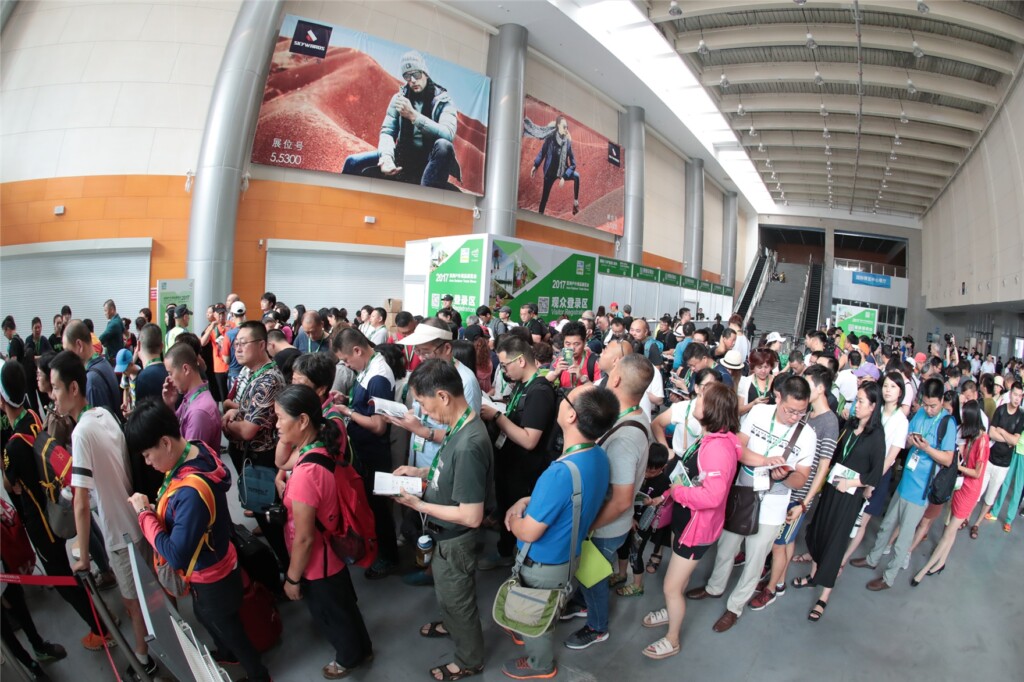

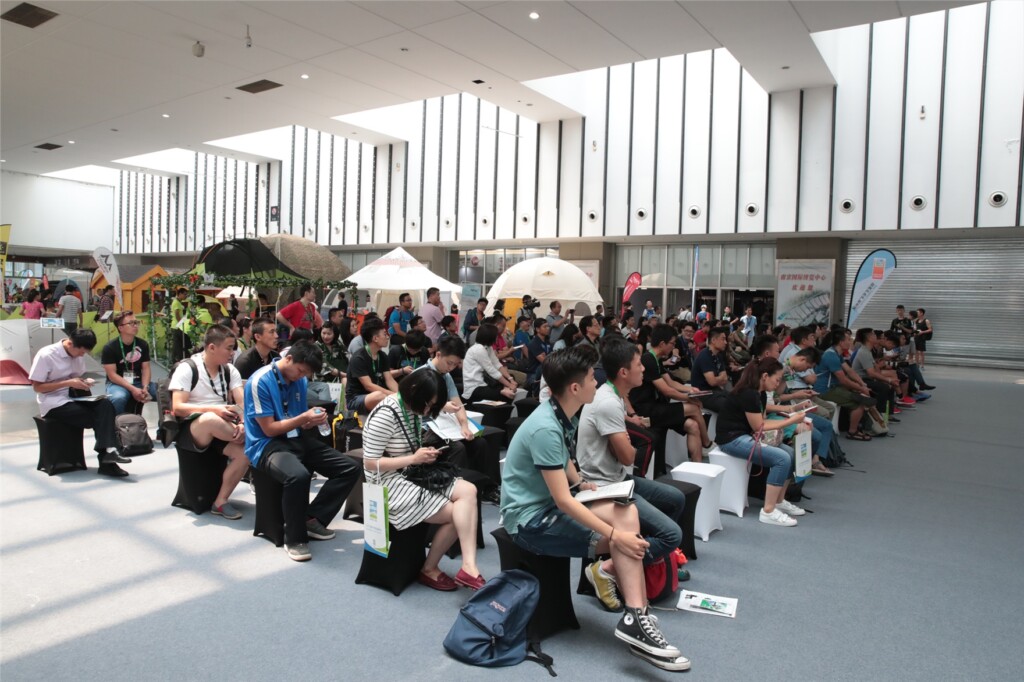
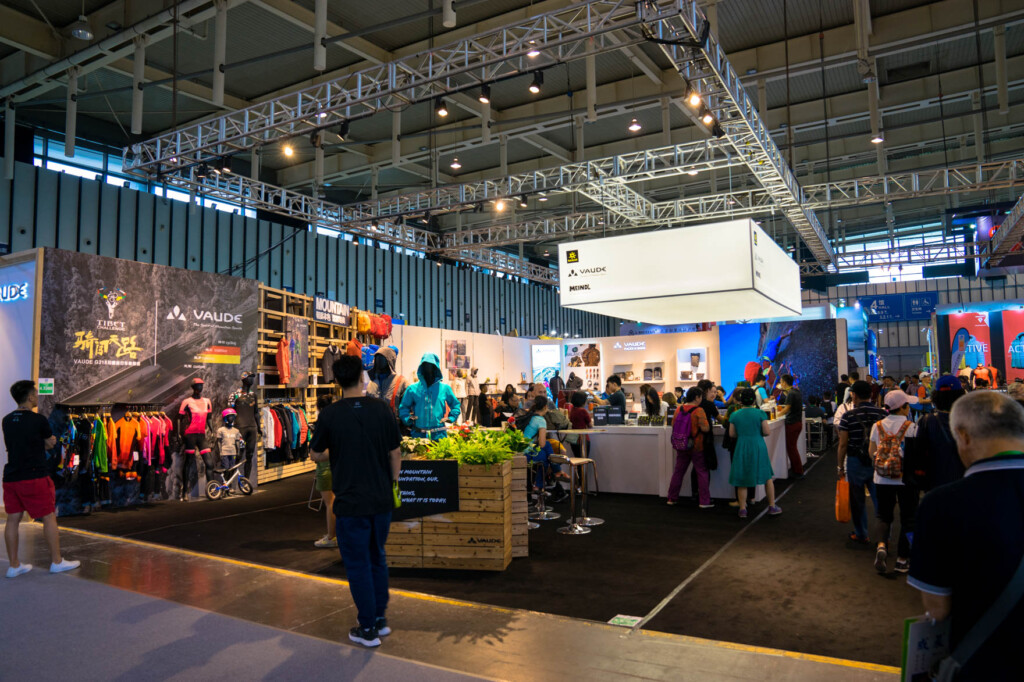
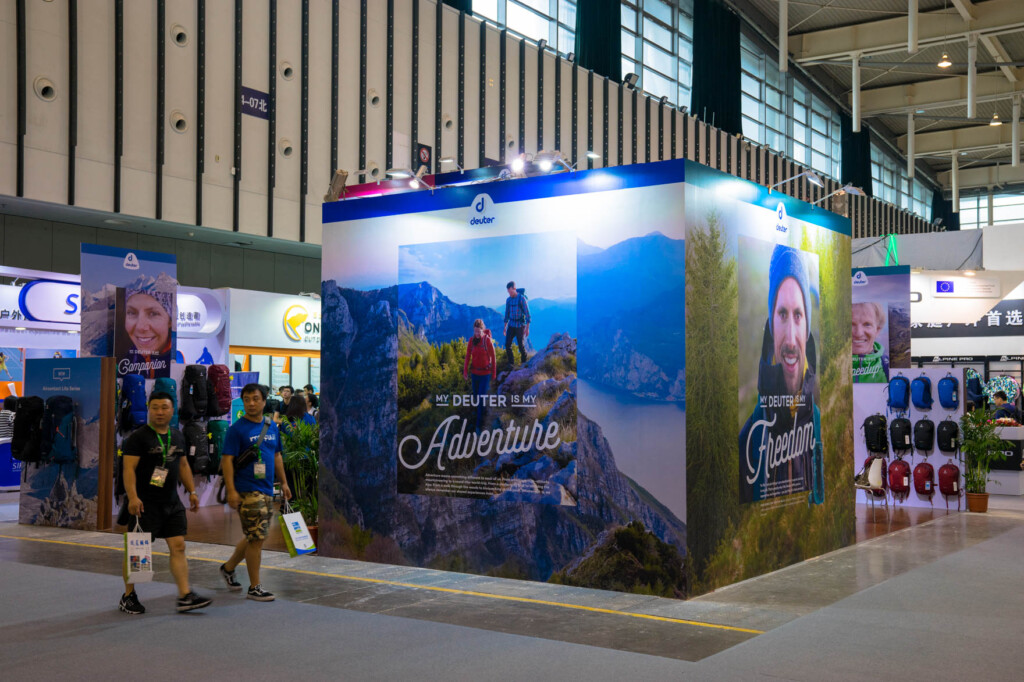
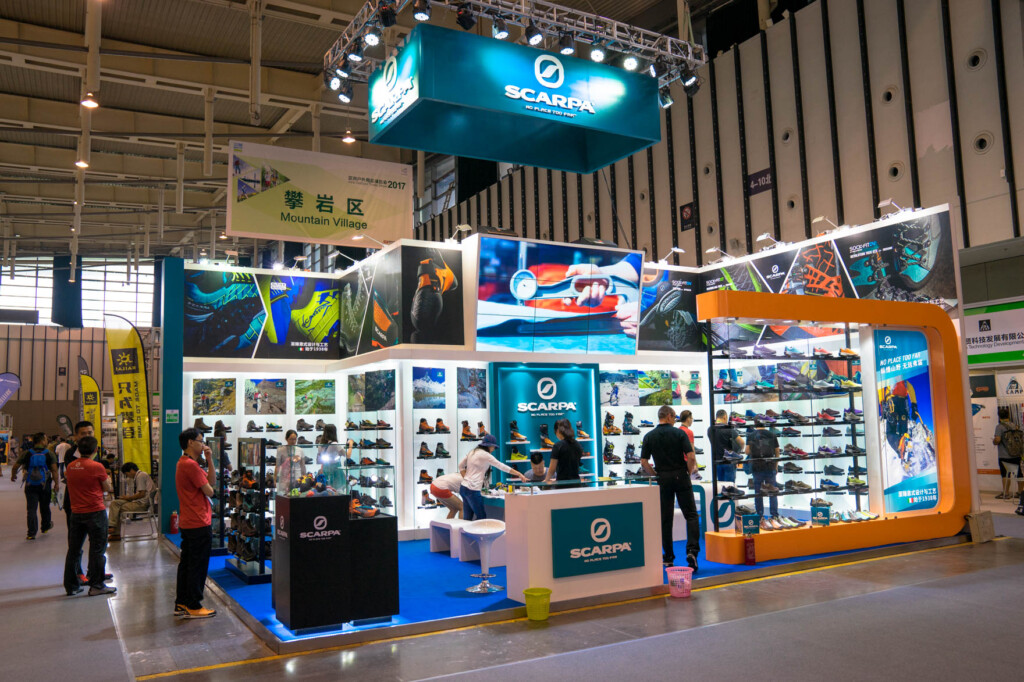
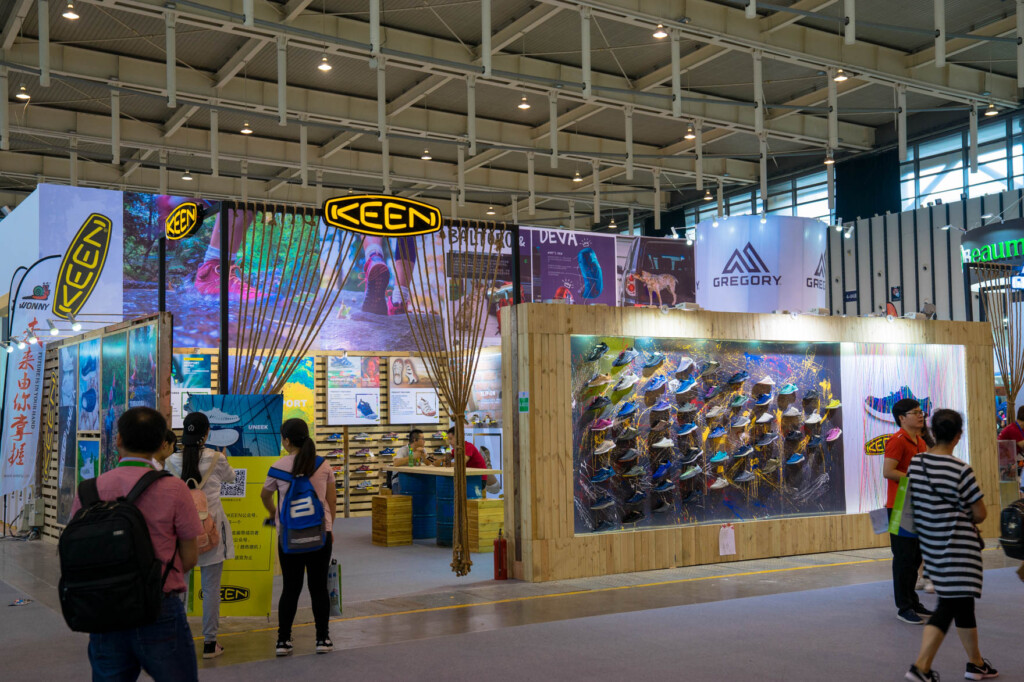
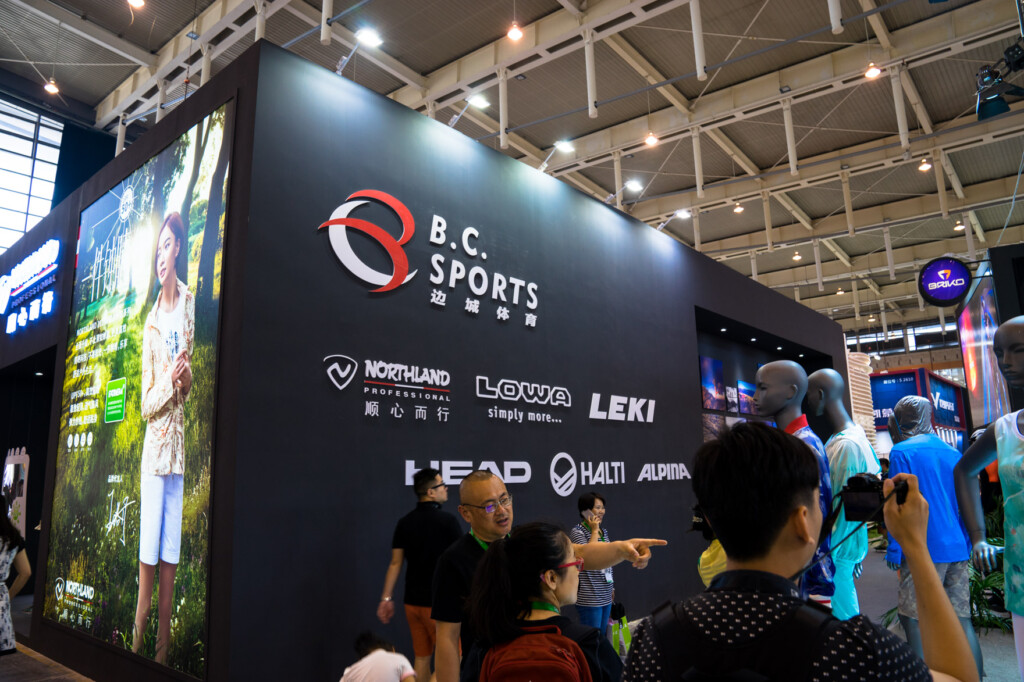
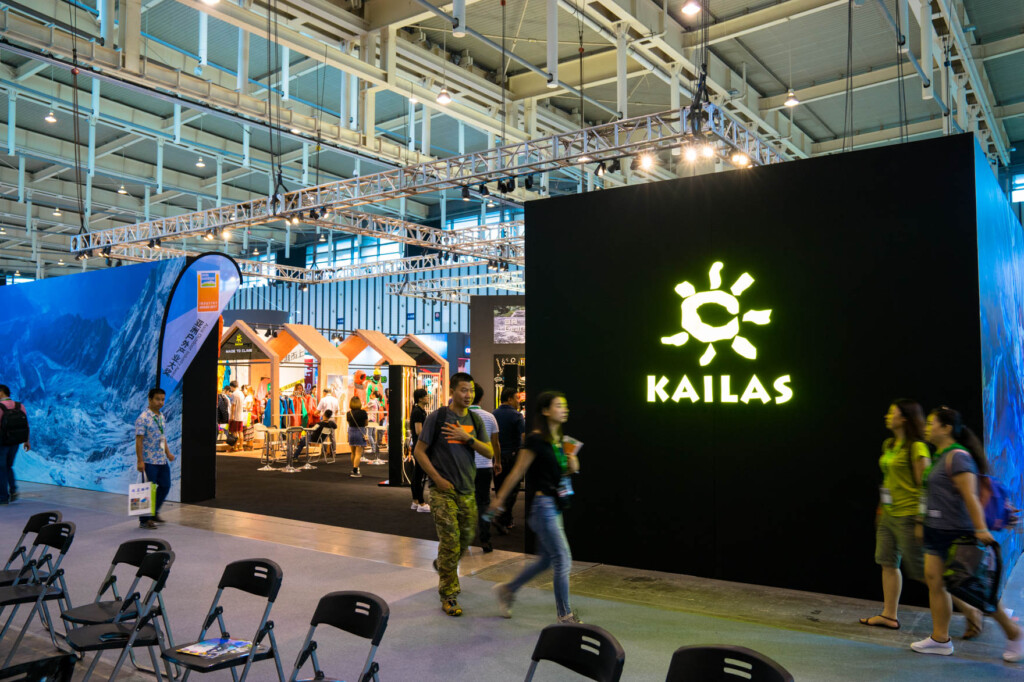
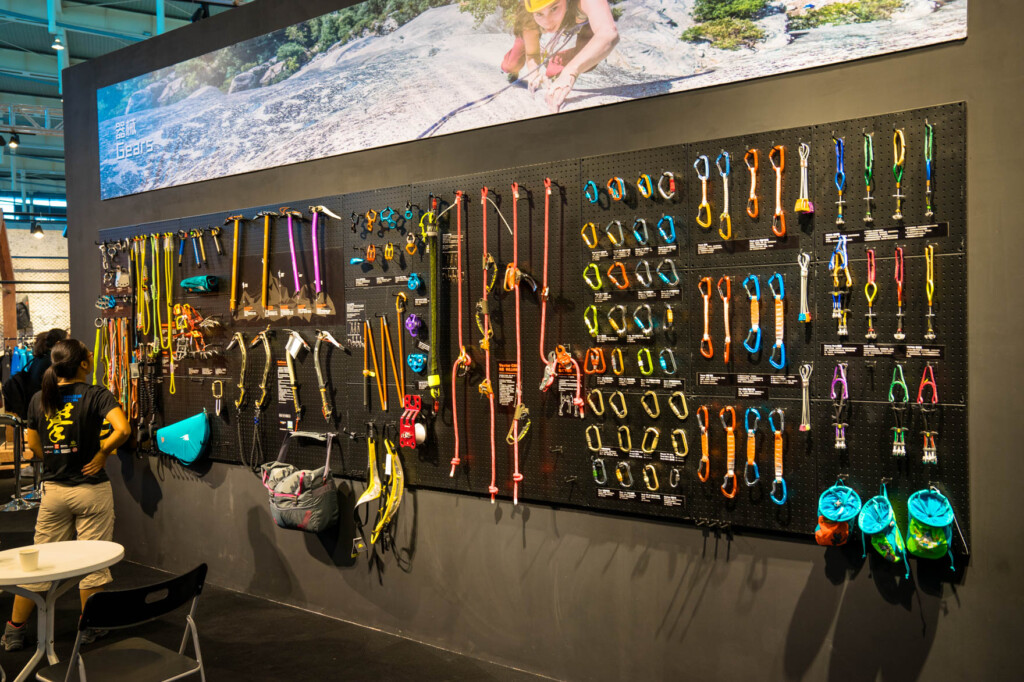

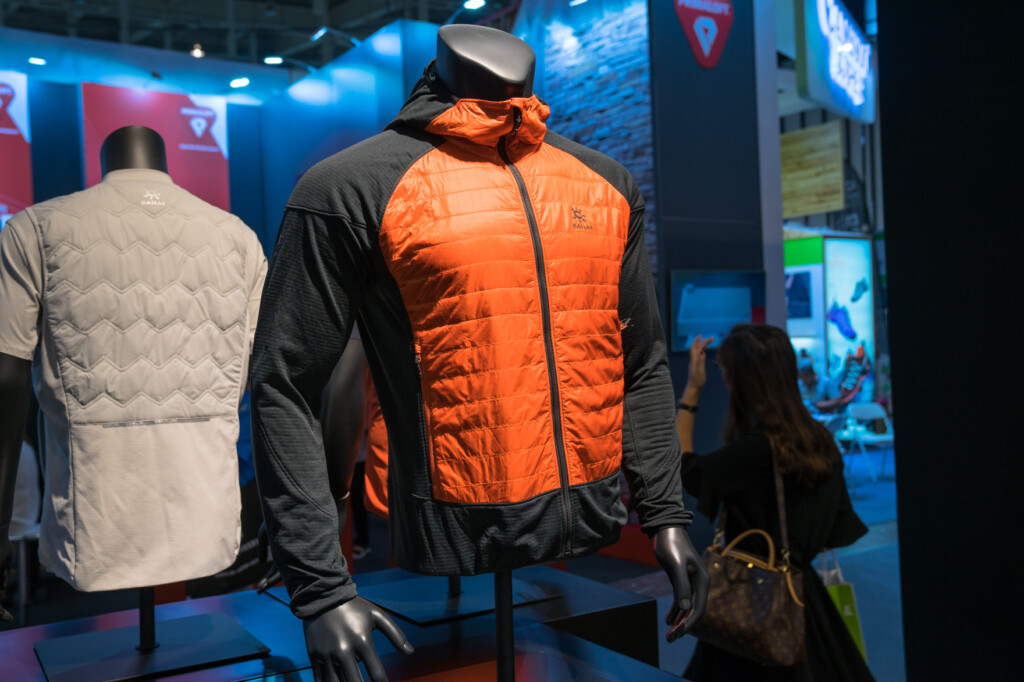
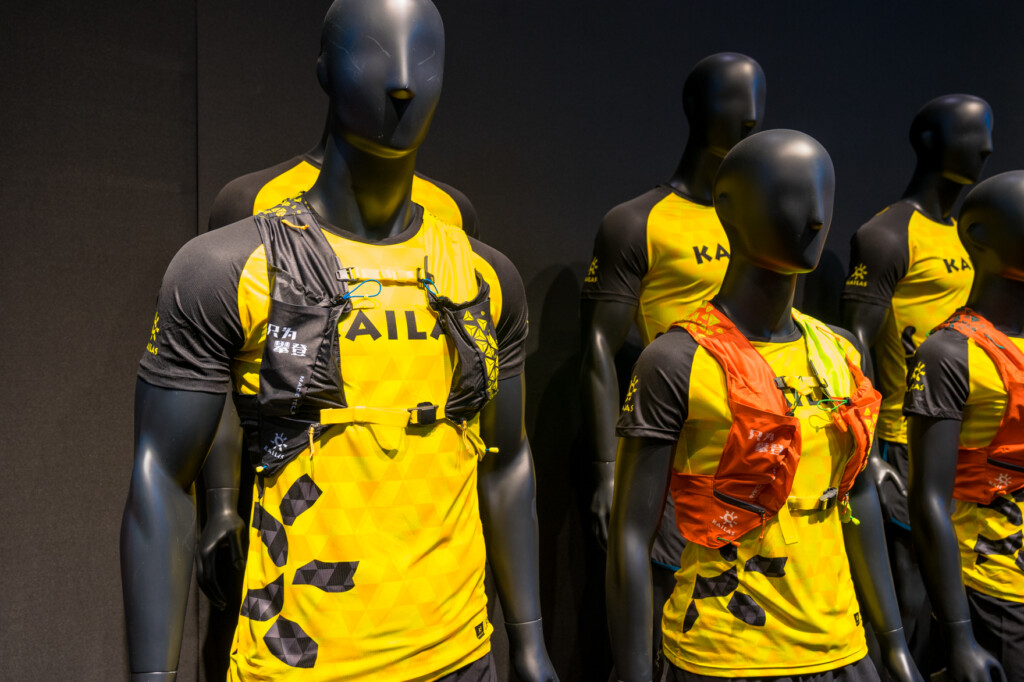
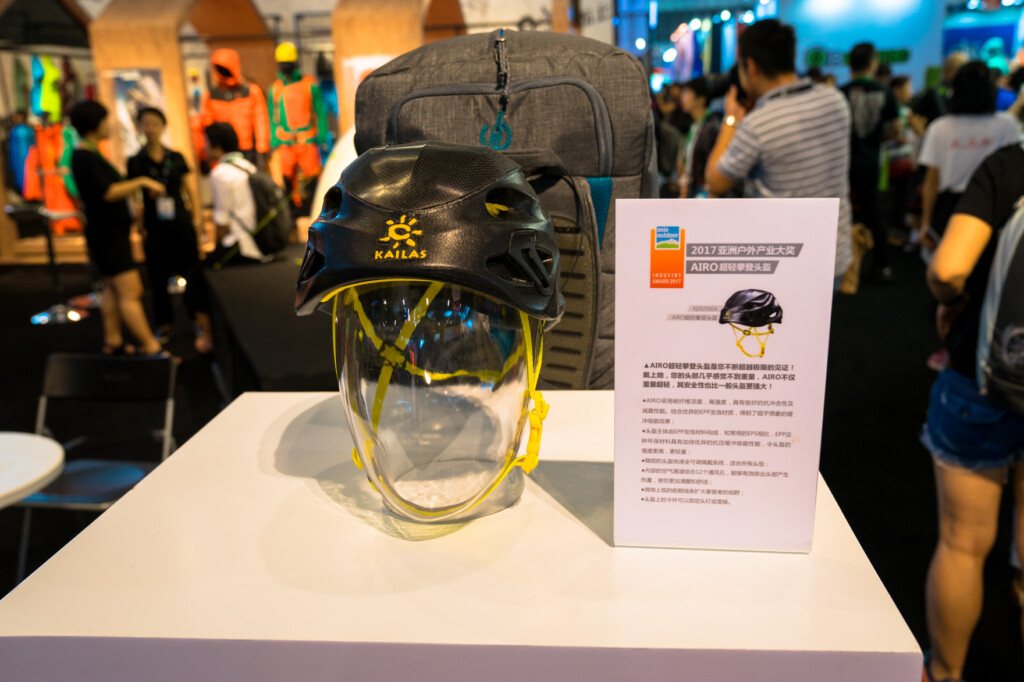

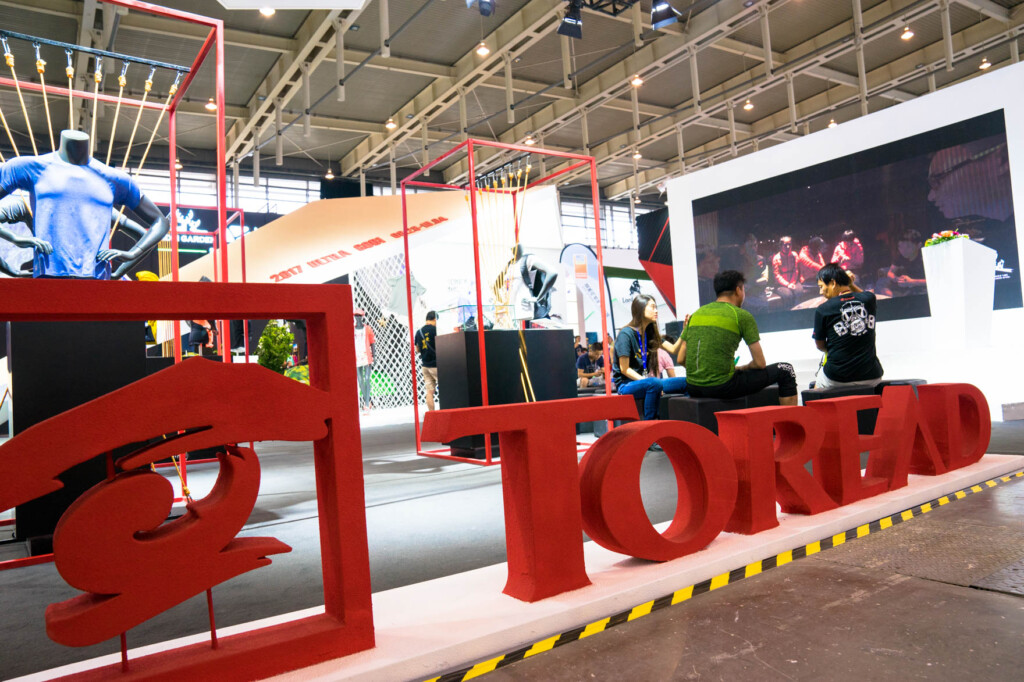
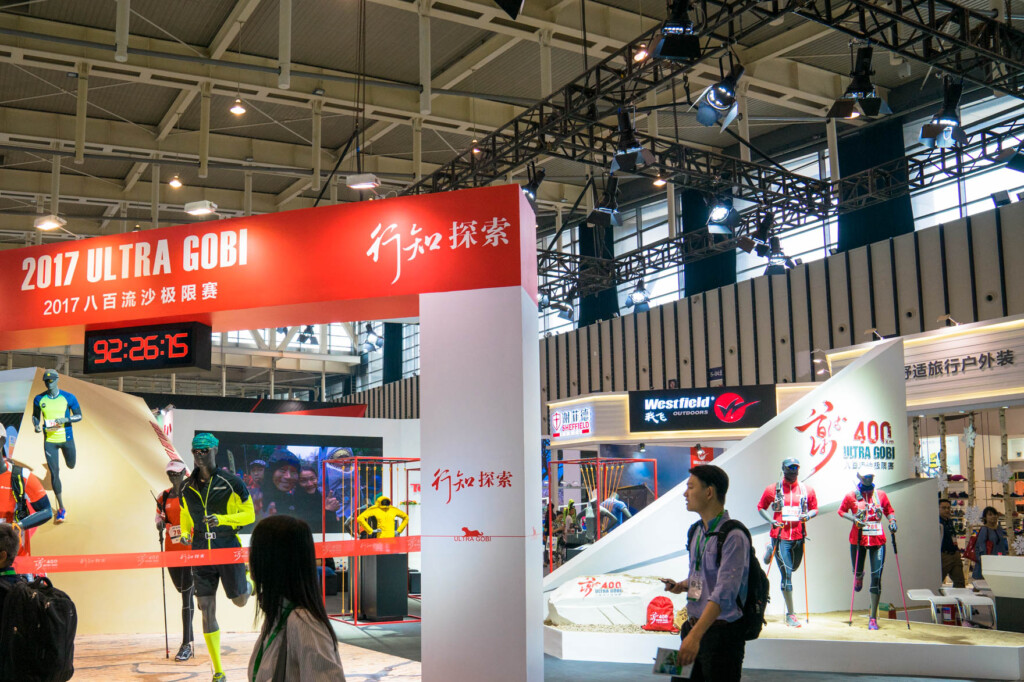

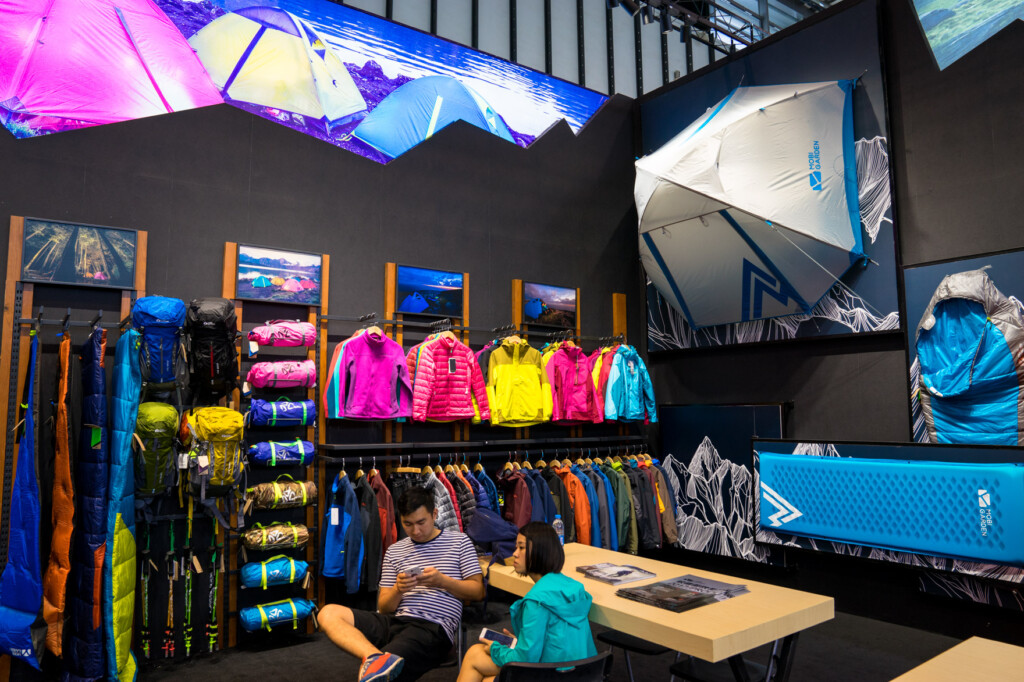
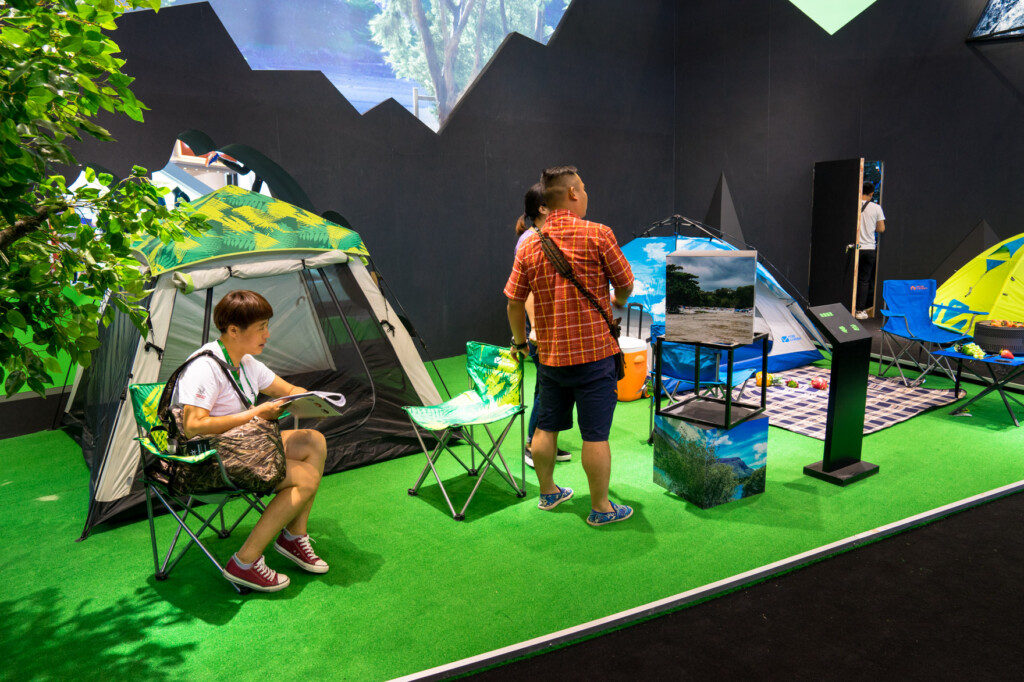

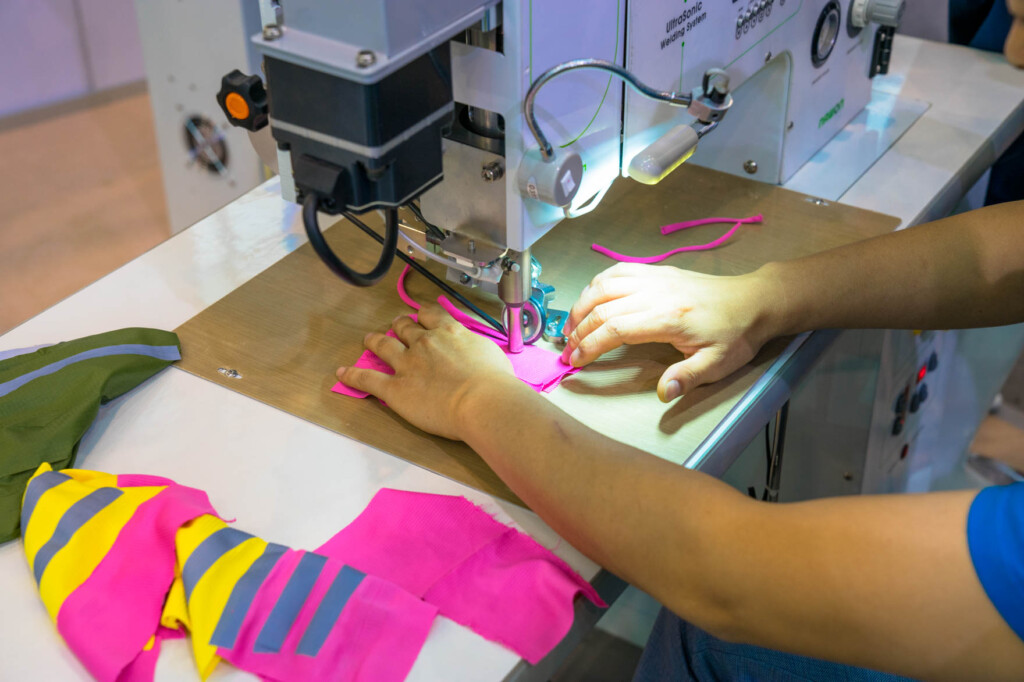
 NEWS: The future of outdoor gear is here. Summary of winning items for "OutDoor Industry Award 2017"
NEWS: The future of outdoor gear is here. Summary of winning items for "OutDoor Industry Award 2017" NEWS: We've put up the latest tents that have been rumored! Outdoor Gear Touch&Try 2017 in Jonanjima Seaside Park Campground
NEWS: We've put up the latest tents that have been rumored! Outdoor Gear Touch&Try 2017 in Jonanjima Seaside Park Campground The latest mountain tools gather in Germany! We will be participating in the largest outdoor gear fair in Europe, The OutDoor Show Friedrichshafen 2016!
The latest mountain tools gather in Germany! We will be participating in the largest outdoor gear fair in Europe, The OutDoor Show Friedrichshafen 2016!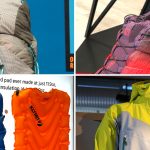 We'll introduce some of the mountain tools we've come across at outdoor exhibitions around the world (part 1)
We'll introduce some of the mountain tools we've come across at outdoor exhibitions around the world (part 1)